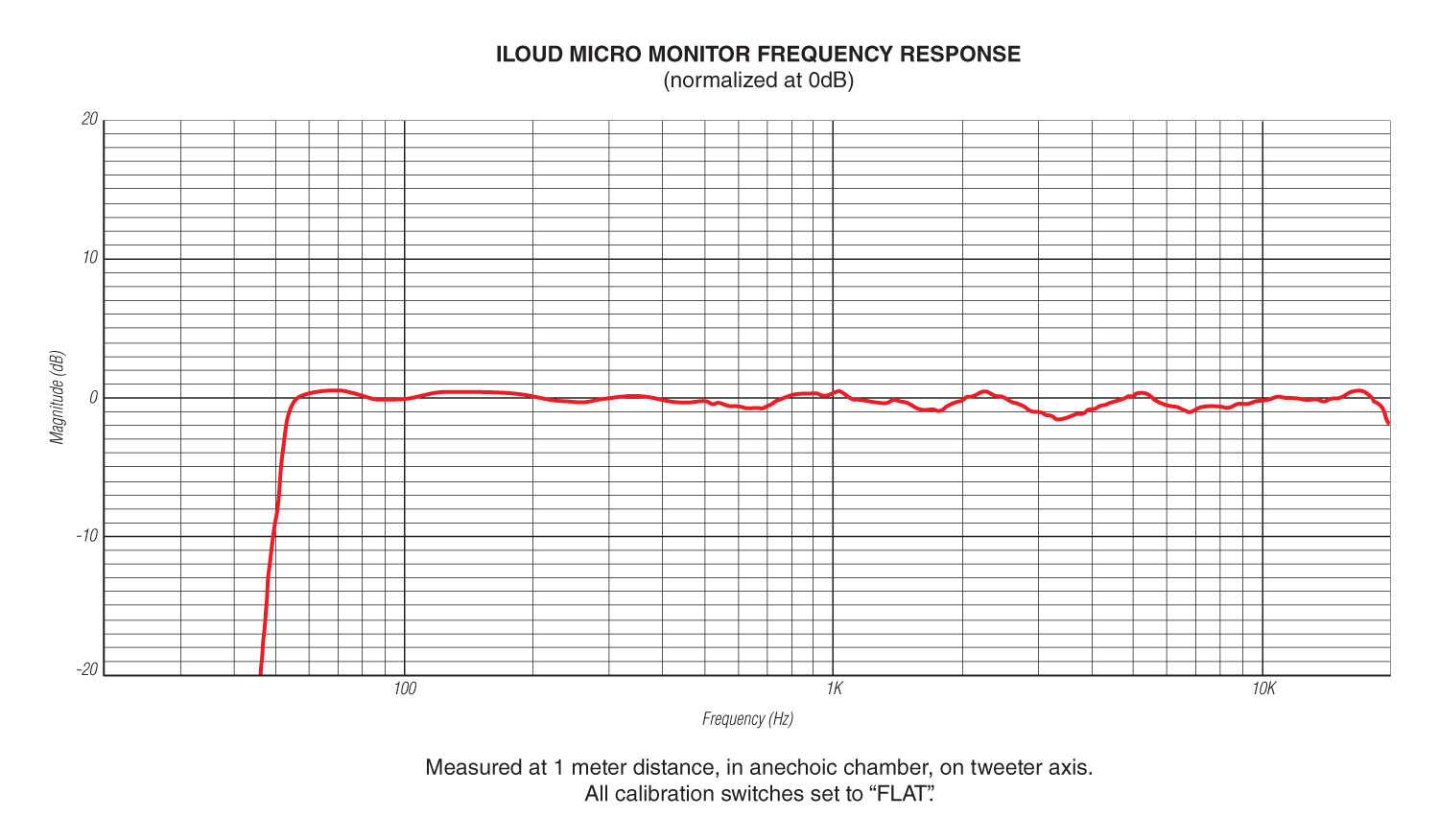I will preface this by saying I have an opinion on this formed over 25+ years as a mix engineer. Just looking to discuss in an open forum what approach other experienced engineers use.
In my view, one studio monitor is doable for mixing, but having two or three can be a big benefit when mixing. The change of perspective can be a healthy challenge.
For example, a robust set with ample bass, high sound pressure levels, impressive clarity, and a superb stereo image. Then contrast this with the extreme simplicity of a single-driver, narrow-bandwidth monitor akin to the Auratone. Particularly in mono, such a monitor can be immensely helpful in achieving balance, mirroring the utility of NS10s in this regard.
In my setup, I utilise a compact set of IK Multimedia iLouds. While these monitors may initially pose trust issues during the initial stages of mixing due to their limitations in handling bass and tendency to distort at higher volumes, I've found that these drawbacks force me to intricately shape the low-end. This process, I believe, adds a significant benefit to my mixes, making them more translatable and realistic in diverse listening environments. Additionally, the iLouds excel in evaluating vocal balance, contributing to the overall precision of my mixes.

In my view, one studio monitor is doable for mixing, but having two or three can be a big benefit when mixing. The change of perspective can be a healthy challenge.
For example, a robust set with ample bass, high sound pressure levels, impressive clarity, and a superb stereo image. Then contrast this with the extreme simplicity of a single-driver, narrow-bandwidth monitor akin to the Auratone. Particularly in mono, such a monitor can be immensely helpful in achieving balance, mirroring the utility of NS10s in this regard.
In my setup, I utilise a compact set of IK Multimedia iLouds. While these monitors may initially pose trust issues during the initial stages of mixing due to their limitations in handling bass and tendency to distort at higher volumes, I've found that these drawbacks force me to intricately shape the low-end. This process, I believe, adds a significant benefit to my mixes, making them more translatable and realistic in diverse listening environments. Additionally, the iLouds excel in evaluating vocal balance, contributing to the overall precision of my mixes.

